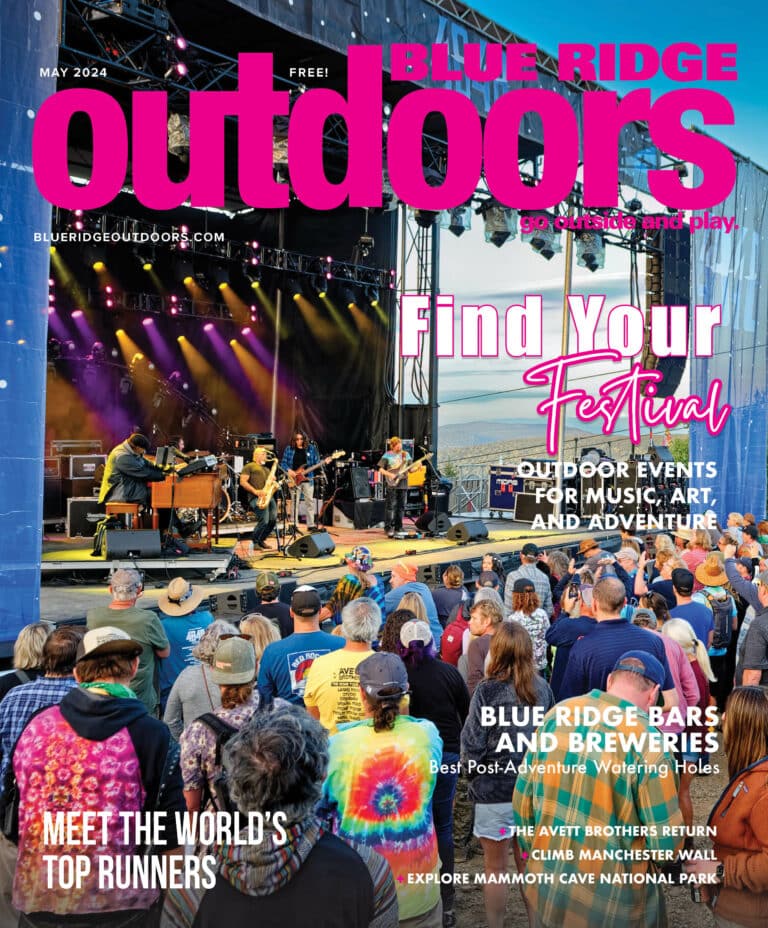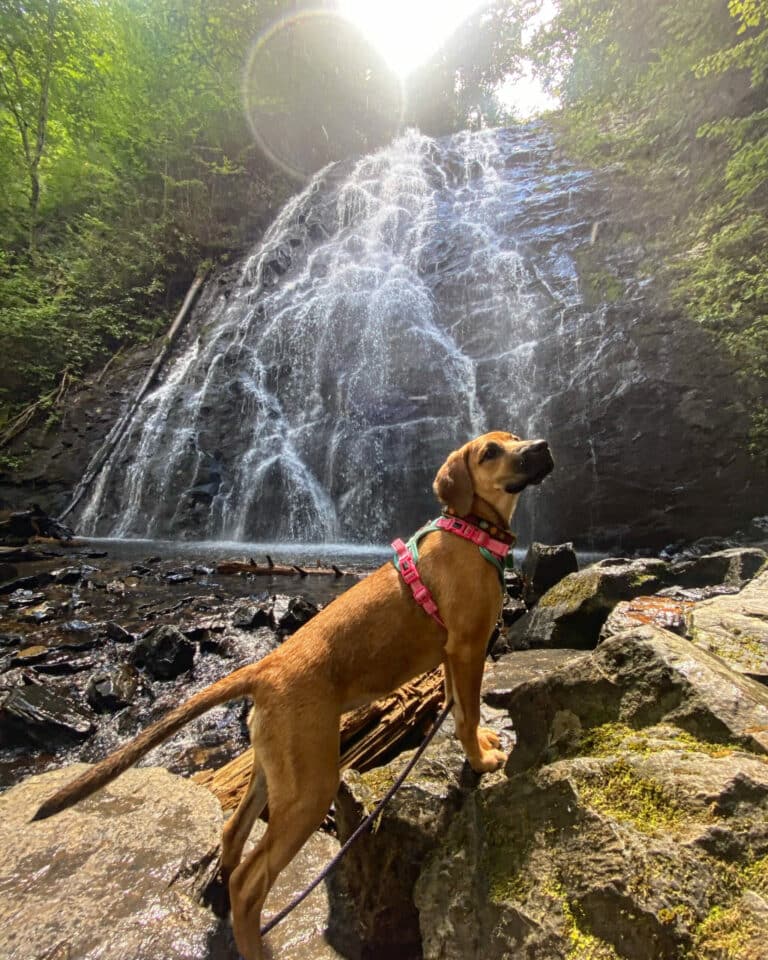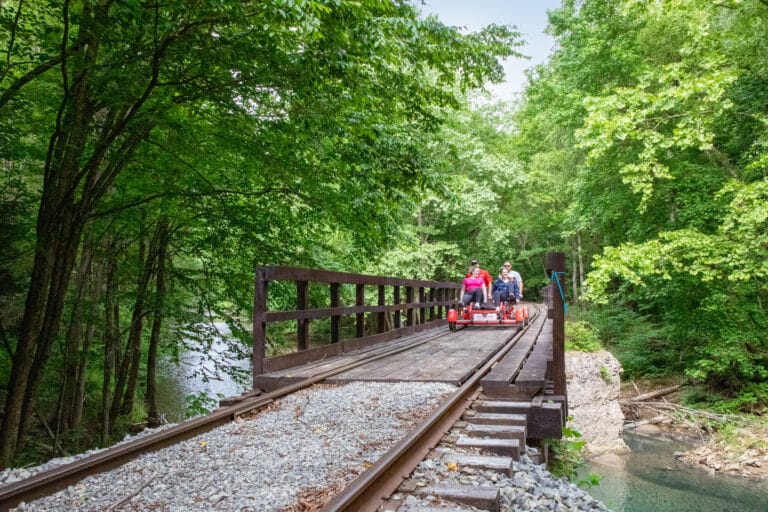 Last summer when Chris Roat spent a week hiking the rocky Pennsylvania stretch of the Appalachian Trail, he did it without shoes. Roat has been hiking barefoot for the past 10 years. And he’s not alone. Roat started a barefoot hiking club where he lives in Philadelphia, which now has around 60 members. Every other weekend he leads hikes where club members get their feet dirty and feel a little closer to the earth.
Last summer when Chris Roat spent a week hiking the rocky Pennsylvania stretch of the Appalachian Trail, he did it without shoes. Roat has been hiking barefoot for the past 10 years. And he’s not alone. Roat started a barefoot hiking club where he lives in Philadelphia, which now has around 60 members. Every other weekend he leads hikes where club members get their feet dirty and feel a little closer to the earth.
“It’s more natural and more comfortable,” Roat explains. “You feel your surroundings and have more contact with the earth. You tend to be more aware of your environment and you’re quieter, so you get to see more wildlife that you don’t scare away.”
There are 16 barefoot hiking clubs in the United States, including the newly formed Barefoot Hikers of Virginia, based in Lynchburg. It’s a relatively small fringe movement, and not one without its folk heroes. Susan and Lucy Letcher, who are known as the Barefoot Sisters, hiked the entire Appalachian Trail south from Maine to Georgia in 2000, then turned around and hiked the whole 2,175-mile trail northbound in 2001. Another barefoot hiking icon is Richard Franzine, who published The Barefoot Hiker in 1993. The book has become an unofficial bible for shoeless hikers, filled with everything from safety tips to philosophies on the benefits of walking barefoot.
Hiking sans shoes isn’t just a hippie-dippy way to commune with nature. Elite athletes and coaches have known for years that shoes actually create foot stress because of their artificial cushioning. Walking barefoot can reduce stress on the knees and back, because it conditions the body to absorb more impact. It also reduces cramped toes and bunions.
But barefoot hiking requires patience. Feet have been softened by a lifetime in shoes, so it takes a while to get them adjusted to direct-ground impact. Leg muscles also tend to be sore at first. And you must be constantly present and focused.
“You learn to scan the ground ahead of you and develop sensory feedback,” Roat says. “I’ve been doing this for 10 years, and I’ve never had any injuries.”
Barefoot Hiking Tips
• Always step straight down. Shuffling your feet can increase the risk of scrapes and cuts.
• Scan the path ahead of you, so you’re not surprised by surface changes in upcoming steps.
• Put weight on the balls of your feet, instead of your heel, which will help with weight distribution.
• Walk barefoot on as many surfaces and textures as possible to strengthen your bare soles and develop a strong sense of touch.
• Step lightly when you cannot see ground covered with leaves.
—from Richard Franzine’s The Barefoot Hiker






